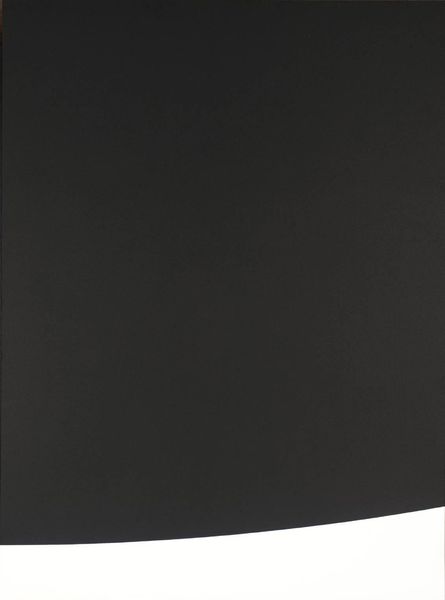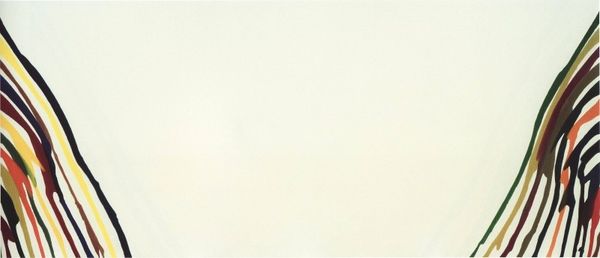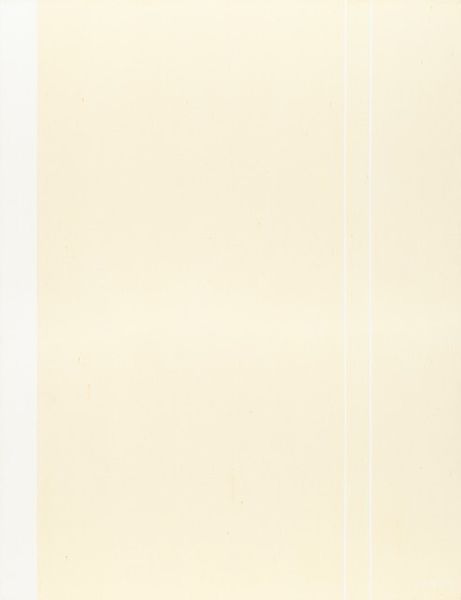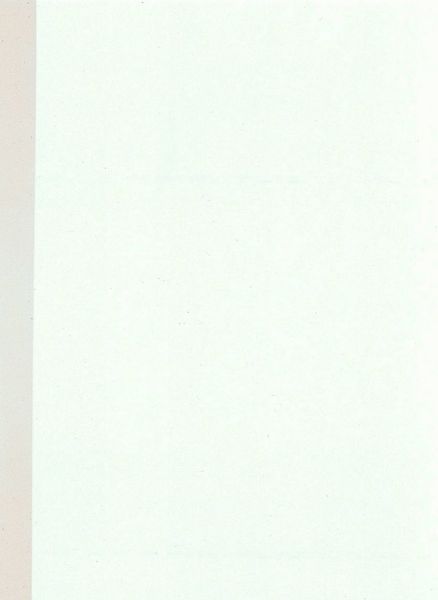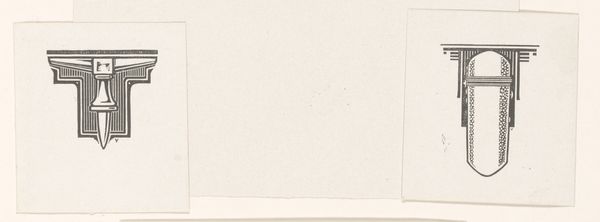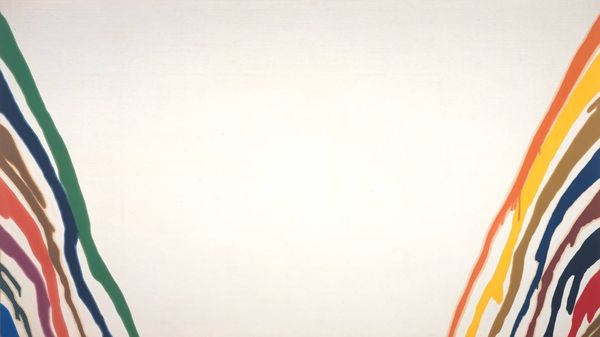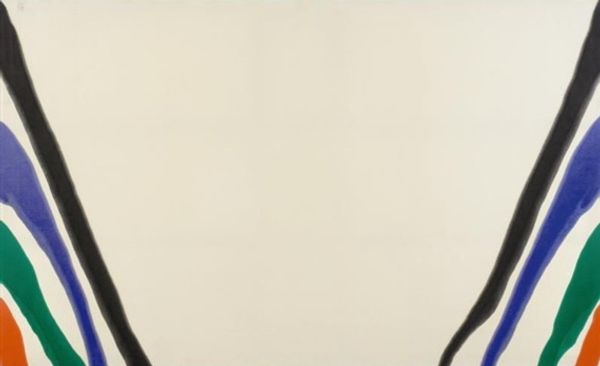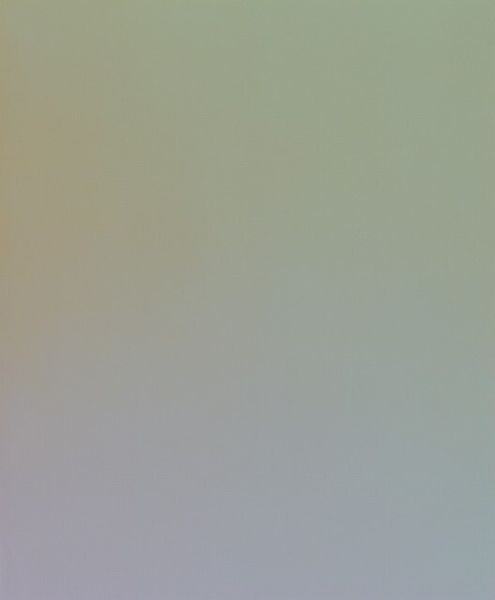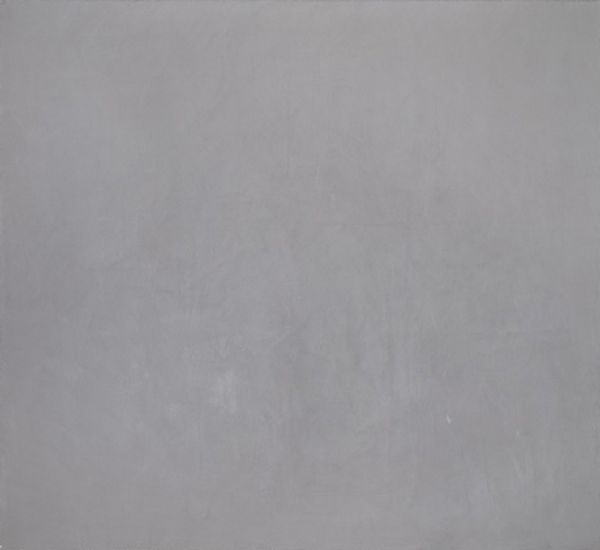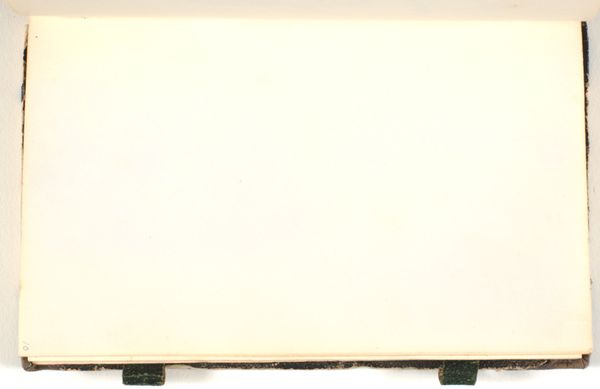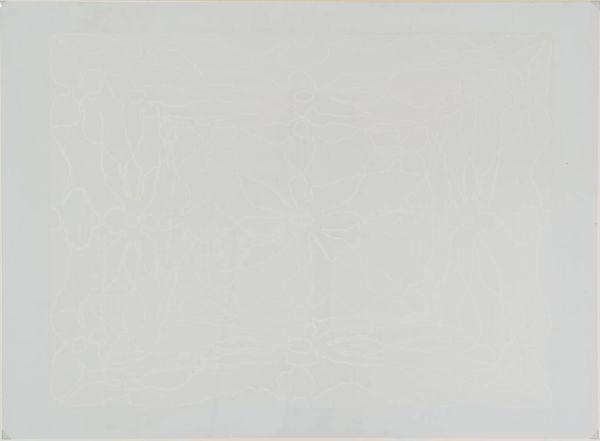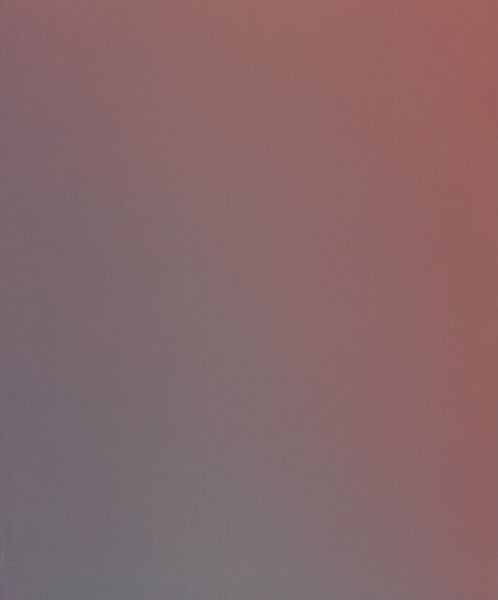
#
abstract-expressionism
#
abstract expressionism
#
minimalism
#
op art
#
abstract pattern
#
geometric-abstraction
#
simple pattern
#
abstraction
#
line
#
hard-edge-painting
#
monochrome
Dimensions: 183 x 183 cm
Copyright: Agnes Martin,Fair Use
Curator: Welcome. Before us hangs Agnes Martin’s "Mountain I," created in 1966. Its deceptively simple grid, rendered in delicate pencil lines and gesso on canvas, invites contemplation. Editor: It’s so... pale. The color washes over you. Almost oppressively minimalist at first glance. But the subtle variations in tone... that's what pulls me in. What do you think accounts for the ethereal quality? Curator: The choice of materials and process is paramount. Martin deliberately relinquished expressive gesture. It speaks to a cultural move to quietude after the bolder Abstract Expressionist gestures that came before. The regularity subverts hierarchy. Editor: Regularity and quietude existing amidst such a charged historical moment – the Vietnam War, civil rights struggles. It’s almost defiant, in its own muted way. Rejecting the visual noise. Is there any documented connection? Curator: The sociopolitical context of the 1960s undeniably shaped artistic sensibilities. Martin didn't directly address specific events, instead turning toward inner landscapes. Her retreat to the American Southwest certainly played a role. Her engagement with Zen Buddhism, a parallel search for serenity in a turbulent world is mirrored in her output. Editor: Zen Buddhism. That explains, in part, the almost meditative effect. It's a practice in seeing. This focus shifts our attention from loud historical narratives to perhaps a quiet commentary on societal demands placed upon us all. Curator: Exactly. There are the socio-cultural external forces at play and, too, there is individual introspection on a personal plane, as with her biography. Martin sought a space beyond categorization, and within systems of categorization and hierarchy, sought to offer viewers an experience. This echoes the struggles of women in the art world at that time. Editor: This piece feels surprisingly resonant today, in our own chaotic age. It quietly pushes back. Curator: And by relinquishing expressive excess, she invites the viewer to invest themselves.
Comments
No comments
Be the first to comment and join the conversation on the ultimate creative platform.
